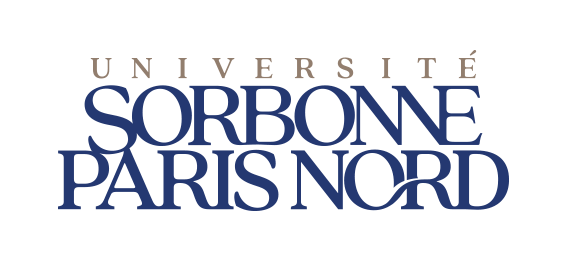ESO guideline for the management of extracranial and intracranial artery dissection
Résumé
The aim of the present European Stroke Organisation guideline is to provide clinically useful evidence-based recommendations on the management of extracranial artery dissection (EAD) and intracranial artery dissection (IAD). EAD and IAD represent leading causes of stroke in the young, but are uncommon in the general population, thus making it challenging to conduct clinical trials and large observational studies. The guidelines were prepared following the Standard Operational Procedure for European Stroke Organisation guidelines and according to GRADE methodology. Our four recommendations result from a thorough analysis of the literature comprising two randomized clinical trials (RCTs) comparing anticoagulants to anti-platelets in the acute phase of ischemic stroke and twenty-six comparative observational studies. In EAD patients with acute ischemic stroke we recommend using intravenous thrombolysis (IVT) with alteplase within 4.5 hours of onset if standard inclusion/exclusion criteria are met, and mechanical thrombectomy in patients with large vessel occlusion of the anterior circulation. We further recommend early endovascular or surgical intervention for IAD patients with subarachnoid hemorrhage (SAH). Based on evidence from two phase 2 RCTs that have shown no difference between the benefits and risks of anticoagulants versus anti-platelets in the acute phase of symptomatic EAD, we strongly recommend that clinicians can prescribe either option. In post-acute EAD patients with residual stenosis or dissecting aneurysms and in symptomatic IAD patients with an intracranial dissecting aneurysm and isolated headache, there is insufficient data to provide a recommendation on the benefits and risks of endovascular/surgical treatment. Finally, nine expert consensus statements, adopted by 8 to 11 of the 11 experts involved, propose guidance for clinicians when the quality of evidence was too low to provide recommendations. Some of these pertain to the management of IAD (use of IVT, endovascular treatment, and antiplatelets versus anticoagulation in IAD with ischemic stroke and use of endovascular or surgical interventions for IAD with headache only). Other expert consensus statements address the use of direct anticoagulants and dual antiplatelet therapy in EAD-related cerebral ischemia, endovascular treatment of the EAD/IAD lesion and multidisciplinary assessment of the best therapeutic approaches in specific situations.
